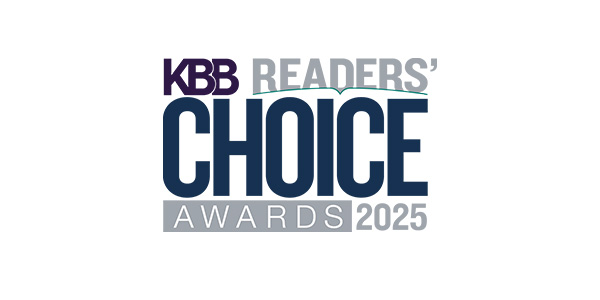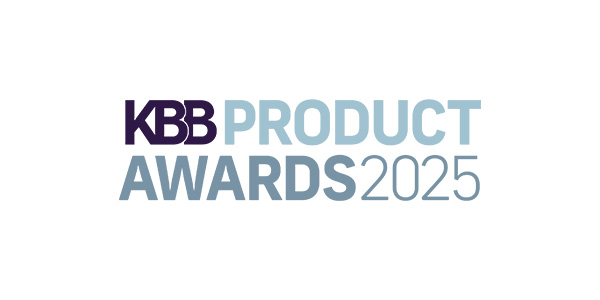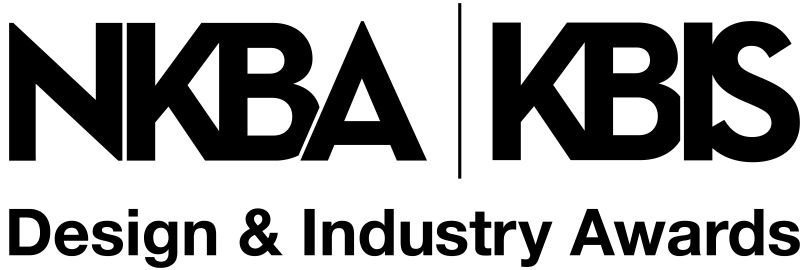In an era where well-being takes center stage, the demand for designing healthy interiors has become more than just a passing trend – it has evolved into a fundamental criterion for modern living. Homeowners, increasingly conscious of the profound impact their environments have on their health, are seeking interiors that harmonize aesthetics with wellness. The paradigm has shifted from merely creating beautiful spaces to crafting environments that nurture, rejuvenate, and contribute to an overall sense of health. For more than 100 million Americans who live with various types of allergies every year, this means that indoor air quality is a priority.
In the quest for healthier living spaces, the importance of indoor air quality (IAQ) cannot be overstated. According to research, indoor air can be two to five times more polluted than outdoor air. Dust mite allergen, pet dander, pollen and mold spores in our indoor air act as triggers for allergies. In addition, allergic asthma can be worsened by Volatile Organic Compounds (VOCs) – potentially harmful off-gases released by building materials, cleaning products, electronic devices and furniture.
Addressing the call for healthier indoor environments, Allergy Standards Ltd (ASL), in collaboration with the Asthma and Allergy Foundation of America (AAFA), developed the asthma & allergy friendly® Certification Program. The program certifies products that meet stringent standards, ensuring they are more suitable for individuals impacted by asthma and allergies. But these products are not just for those with asthma or allergies: because they support a healthier indoor environment, they are of benefit to all. The asthma & allergy friendly® Certification Mark is one of the few scientifically proven marks that is solely focused on the impact a product has on a consumer’s environment and the effect this environment has on health.
The Challenge of “Well-Washing” and the Role of Certification
As the trend towards healthy interiors has gained momentum, the lack of regulations around health claims on household products and building materials has led to a challenge for professionals and homeowners alike in sorting through the myriad of ‘well-washing’ claims. This emphasizes the need for trusted sources in the industry, and the asthma & allergy friendly® Certification Mark has become a clear, science-backed signpost for professionals seeking products that genuinely support healthier indoor air. The Program takes a comprehensive approach to healthier indoor air, with over 50 certification standards covering a diverse range of products. Big-name clients, including Trane, LG, Tarkett, Benjamin Moore, True Value, and 3M, have recognized the value of this certification in creating products that contribute to a healthier living environment.
Notably, ASL’s certified paint, insulation, resilient and textile flooring, align with the U.S. Green Building Council’s (USGBC) LEED program, and are eligible for credits for low-emitting materials. This integration ensures that the pursuit of healthy interiors aligns with broader sustainability goals, creating spaces that are not only comfortable but also environmentally responsible.
Insights for Designers
In the context of designing for those impacted by asthma and allergies, kitchen and baths have the potential to become complex projects. By understanding their clients’ specific needs, designers can tailor their approach to provide optimal solutions. Asking questions about specific allergic conditions, such as asthma, mold, pollen and dust mite allergies helps designers select certified products that address these concerns.
Lifestyle considerations are also essential. The multifunctional aspect of the modern kitchen, where families gather, cook, eat, work and keep pets, means it has the potential to be a significant trigger area for those with asthma and allergies. Direct access to outdoors from the kitchen can mean that pollen is easily transported indoors. Mold and humidity are of prime concern in the bathroom.
These challenges in environmental control, humidity, allergen exposure and VOC emissions can all be met with careful choice of products by the designer willing to go beyond the aesthetic. Choosing CERTIFIED portable air cleaners, whole home air cleaning systems, cleaning products, flooring, insulation, paint and washer/dryers designers can play a pivotal role in creating a healthier interior. Anticipating future needs is equally important. Growing families or those with elderly members can be more vulnerable to the negative health impacts of poor indoor air quality.
As the demand for healthier interiors continues to rise, designers, architects and builders are at the forefront of the movement towards a future where clean indoor air is a fundamental aspect of every design. The asthma & allergy friendly® Certification Program provides a trusted framework for achieving this goal. By incorporating certified products into kitchen and bath designs, professionals can create spaces that not only look aesthetically pleasing but also contribute to the overall well-being of occupants.
—By Dr. Anna O’Donovan, Medical and Lifestyle author with Allergy Standards Ltd
Photo credit: AdobeStock 597575372 by Liubomir








